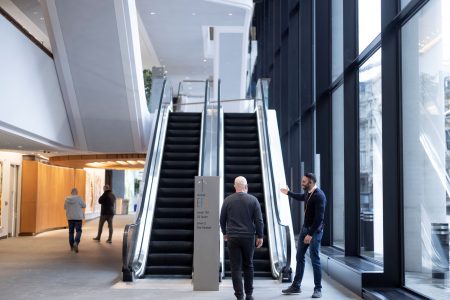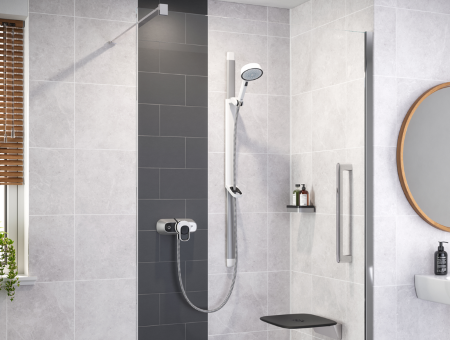Security in the commercial property sector is changing. Noah Price, head of the G4S Academy, provides an overview including how advances in technology will not only help businesses stay ahead of the evolving threats, but will also help support CSR goals, such as sustainability.
The Impact of Covid
Covid is accelerating changes in work patterns and locations. Fewer workers, and potentially more lone workers on-site, can increase risks and require new methods of security support. Meanwhile, the security requirements of employees working from home are evolving too. The future may see more blended arrangements, with employees in the office for fewer but longer days to maximise their time with colleagues. Buildings may accommodate a larger number of businesses. Sometimes the same office space will be used by different companies on different days.
These new ways of working will require the security provision to be flexible and better enabled with technology if threat actors are to be stopped from exploiting these changes. Covid is quickening the move to more sophisticated technology and systems.
Technology Led Transformation
Technology is powering a shift to a more proactive security model, delivered at a lower cost in a more environmentally friendly manner.
The latest technology developments include SAAS, AI, Cloud, intelligent CCTV applications, the use of drones and robots, and real-time risk and threat analysis tools.
As an example, in contrast to security teams watching hours of video from multiple camera feeds, AI now brings opportunities for the identification of unusual activity, motion detection, and the automatic identification and classification of objects and individuals. It can support security personnel to identify threats and respond more quickly.
Technology can be used to drive operational savings by reducing physical resources or to underpin sustainability goals by reducing energy consumption and emissions. This could include using increases in bandwidth to remotely control security equipment or fully monitor locations outside working hours; using video analytics and contact-free access control to enable easier tenant movements or investing in operational technology (SMART devices) to provide a multi-tasked security officer.
G4S has already begun supporting its clients’ CSR objectives, through technology led security transformation projects with the resulting carbon emission gains tracked and reported upon.
The Connected Officer
In addition to infrastructure, technology is transforming the role of the security officer. The next generation of connected security officers will wear body accessories that are powered by sensors that gather information from their immediate surroundings and then relay that information for storage and analysis at the edge or in the cloud.
A simple example is a heads-up display like augmented reality glasses that enable the officer to access critical data without requiring them to look away from their post. Other examples include smart clothing that can provide protection from hazards such as viruses and chemical weaponry and body-worn cameras that can continually record interactions and gather video evidence.
Intelligence Underpins Delivery
For too long security has been a reactive function. Intelligence, underpinned by technology, will drive a shift to a more proactive model. Modern intelligence platforms map an organisation’s assets alongside real-time intelligence feeds and visualise the data, giving a single view of risk.
The gathering of high-quality data and the ability to share intelligence in real-time is critical to provide meaningful metrics on specific assets, employees, or business functions that may be at risk and to turn security from a reactive to proactive service.
Real-Time Performance Data
As security officers become more connected, advancements in cloud technology are allowing organisations to consolidate data in real-time from various sources and make it available in simple, easy-to-consume dashboards.
This makes the real-time monitoring of contract key performance indicators a realistic proposition and will continue to provide a level of visibility that has historically been difficult to achieve.
Protect Duty
The government has published the findings of its consultation on the Protect Duty, which followed the devastating bombing at the Manchester Arena. The plan is to introduce a legal duty on those responsible for some public places to be properly prepared for and provide protection from the danger of a terrorist attack.
G4S has already put in place many training initiatives to help ensure that its customers will meet the requirements of the proposed Protect Duty legislation, and this will be further supported by technology-led transformation.
Read more of the latest developments in our new edition: April 2022 Single Issue – Show Home Magazine (yourshow-home.com)
Media contact
Roshini Bains,
Editor, Showhome Magazine
Tel: +44 (0) 1622 823 922
Email: editor@yourshow-home.com






